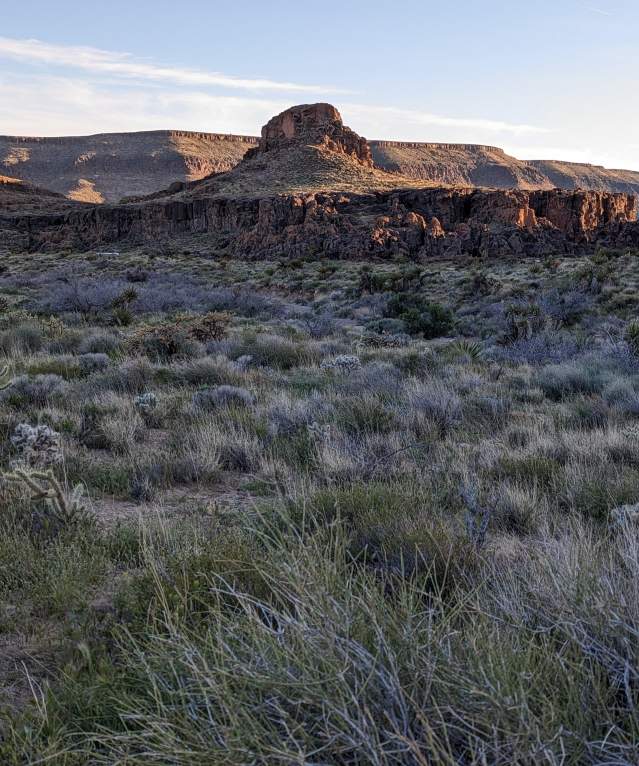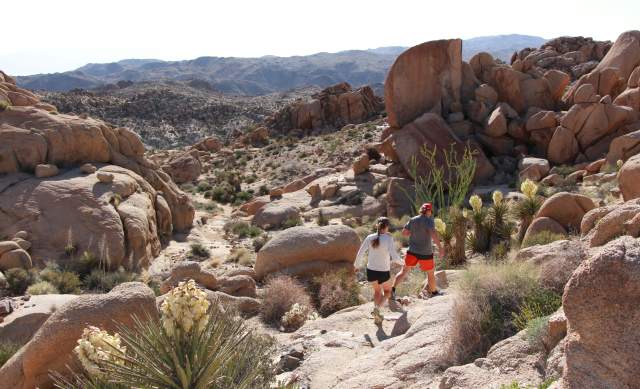California Desert Region
The City of Twentynine Palms resides near the geographical center of the California Deserts region of the state, which stretches from the top of Death Valley along the Nevada and Arizona borderlines down to the Mexican border, a distance of more than 400 miles. From snow-capped mountains to canyons and below sea-level sites … from oases and hot springs to gold mines and ghost towns … from miniature wildflowers to sweeping panoramas … this portion of California continues to offer mysterious allure to visitors and residents for generations.
The California Deserts region is home to three main deserts: The Mojave Desert, bounded by the Tehachapi Mountains to the northwest, the San Gabriel and San Bernardino Mountains on the south, and eastward to California’s borders with Arizona and Nevada. The Colorado Desert lies in the southeast corner of the state, between the Colorado River and the coastal ranges, and continues into Mexico and Arizona to the southeast. The Great Basin Desert lies immediately to the east of the Sierra Nevada range and extends east to Nevada.
In 1994, the California Desert Protection Act (CDPA) enlarged and re-designated Joshua Tree and Death Valley national monuments as national parks and established the Mojave National Preserve. The CDPA also designated 69 new Bureau of Land Management (BLM) wilderness areas totaling 3.57 million acres. In total, with BLM lands transferred to the National Park Service (NPS) and other NPS, BLM, and federal agency-managed lands given wilderness or other designations, the CDPA dramatically increased the level of protection for 8.6 million acres of the California desert. For these reasons, the CDPA is widely regarded as one of our nation’s most important place-based, public lands conservation laws.
The California Desert Protection Act of 1994 was passed by the U.S. Congress on October 8, 1994, and signed into law by President Bill Clinton on October 31, 1994. From the early attempts to build a California Desert Plan in the 1970s-1980s, to the first version of the California Desert Protection Act (CDPA) introduced by Senator Alan Cranston in 1986, to new versions by Senator Cranston and then Senator Dianne Feinstein in 1987 to 1993, to the final victory by Senator Feinstein in 1994, the efforts of many to protect the California Desert has been an ongoing saga.
On February 11, 2016, President Barack Obama signed a President Proclamation creating three new national monuments within the California Deserts region: the 154,000-acre Sand to Snow National Monument, the 20,920-acre Castle Mountains National Monument, and the 1.6-million-acre Mojave Trails National Monument, which contains the longest remaining undeveloped stretch of Route 66.


